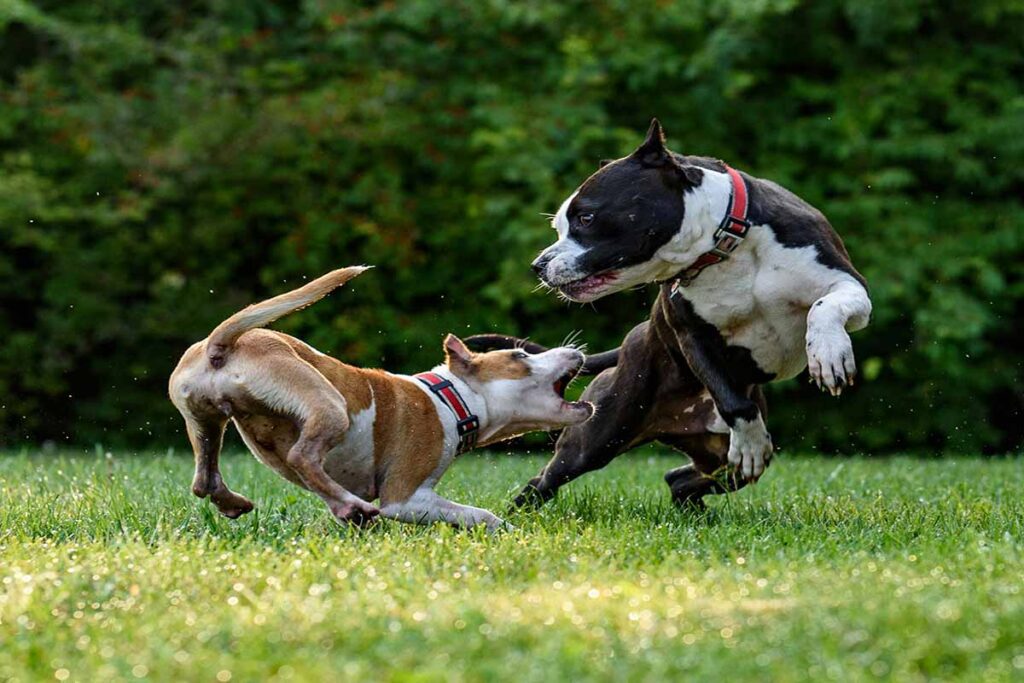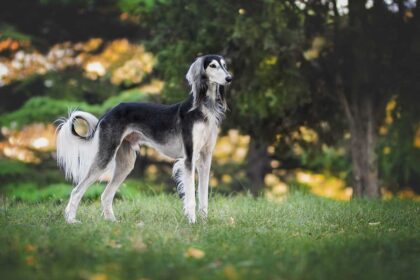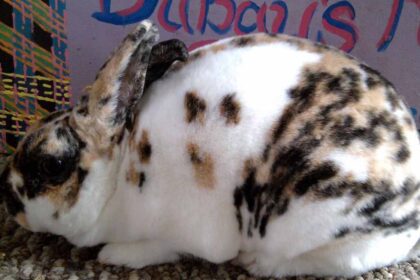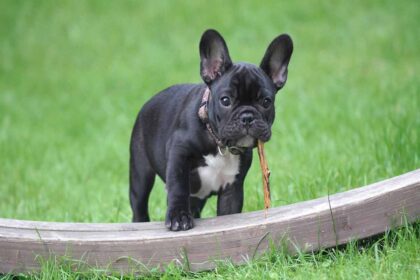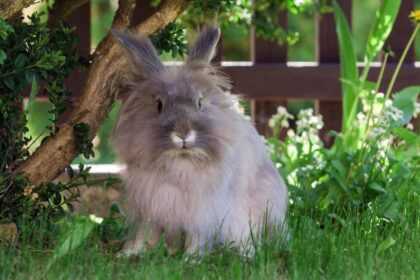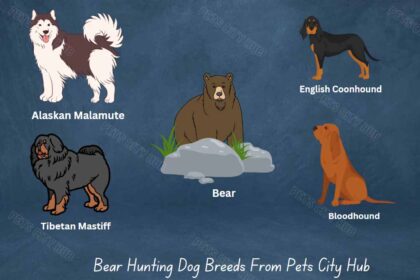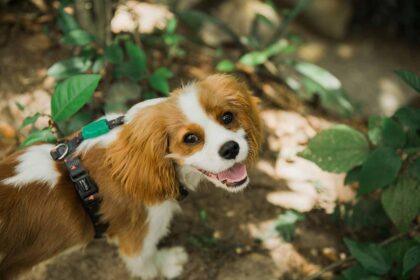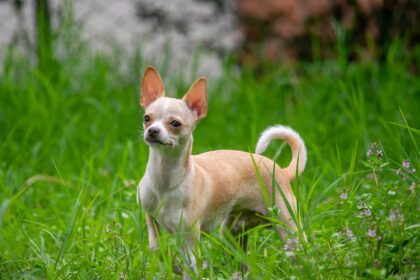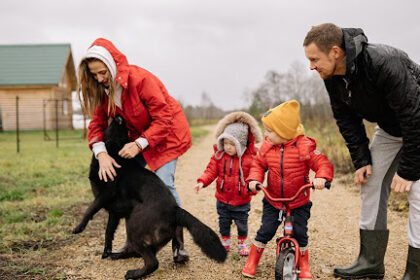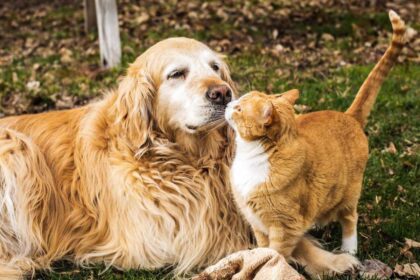It’s a happy and thrilling event to bring a new puppy home. However, for some pet owners, the introduction of a new furry family member can lead to unexpected challenges, particularly if their older dog displays aggression towards the new puppy. It can be distressing to witness conflict between pets, especially when you’re eager for them to bond and become companions.
But fear not, understanding the dynamics at play and taking appropriate steps can help facilitate a harmonious relationship between your older dog and new puppy.
The Reality of Older Dog Aggression
It’s crucial to recognize that aggression between an older dog and a new puppy is not uncommon. In fact, according to a study published in the Journal of Applied Animal Welfare Science, approximately 30% of households with multiple dogs experience some form of aggression between the resident dog and a new puppy.
Understanding the Triggers
Various factors can trigger aggression in older dogs towards new puppies. These include:
- Resource Guarding: Older dogs may perceive the arrival of a new puppy as a threat to their possessions, such as food bowls, toys, or sleeping areas.
- Territorial Instincts: Dogs are territorial animals, and introducing a new puppy into their space can unsettle older dogs, leading to defensive behavior.
- Social Hierarchy: Older dogs may feel the need to assert their dominance over the new puppy, especially if they perceive the puppy as a challenge to their authority within the pack.
Recognizing the Signs
Before aggression escalates, it’s essential to recognize the warning signs. These may include:
- Growling or Snapping: Verbal warnings that indicate your older dog is feeling threatened or uncomfortable.
- Body Language: Stiff posture, raised hackles, or a tense expression can signal aggression.
- Blocking Access: Your older dog may physically block the new puppy from certain areas or resources.
How to Handle Aggression Between Dogs
- Patience and Supervision: Supervise interactions between your older dog and new puppy closely, especially during the initial stages of their introduction. Intervene at the first sign of tension to prevent escalation.
- Gradual Introduction: Allow your older dog and new puppy to become acquainted gradually, starting with short, supervised meetings in neutral territory before progressing to shared spaces in the home.
- Positive Reinforcement: Reward calm and friendly behavior from both dogs with praise, treats, and affection. Encourage positive interactions to reinforce a sense of harmony.
- Respect Personal Space: Ensure each dog has their own space within the home where they can retreat and feel secure. Avoid forcing interactions if either dog appears uncomfortable.
- Seek Professional Help: If aggression persists despite your efforts, consider seeking guidance from a certified animal behaviorist or dog trainer. They can provide personalized strategies to address the underlying causes of aggression and facilitate a peaceful coexistence between your pets.
Conclusion
While navigating aggression between an older dog and a new puppy can be challenging, with patience, understanding, and the right approach, it’s possible to foster a harmonious relationship between your furry companions. Recall that each dog is different, thus development could take some time. By prioritizing positive reinforcement, gradual introductions, and professional guidance when needed, you can ensure a loving and supportive environment for all members of your pet family.
For more valuable insights and tips on pet care, visit PetsCityHub.com. Our platform is dedicated to providing pet lovers with reliable information and resources to enhance the well-being of their beloved companions.


